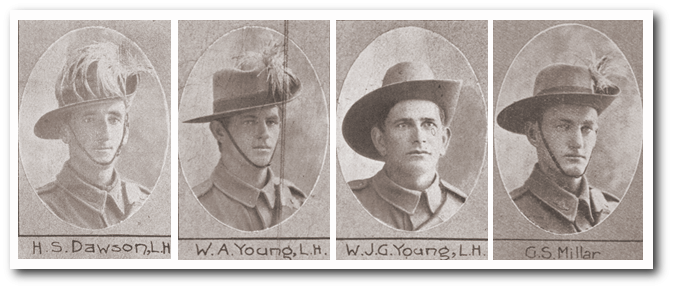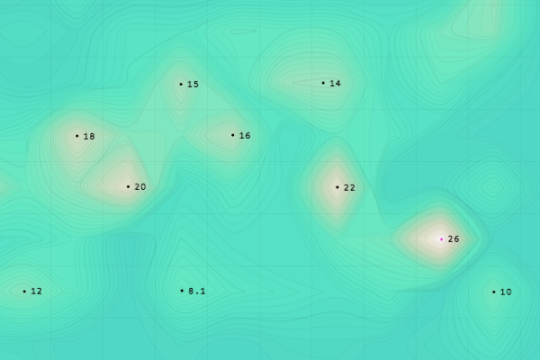- Home
- Open data case studies
/
Open data case studies
State Library members registration
State Library uses Queensland open data to populate and validate Queensland addresses entered in our online membership registration form.
State Library membership registration uses the Property address Queensland - data package provided by the Department of Natural Resources and Mines. By using the Residential Address search feature, new members can search and find their address from the open data set. This then automatically populates the correct fields in the registration form.
The use of open data saves new members time as their address is automatically entered into the online form. Errors in data entry are therefore minimised.
Data collected using this open data set is also published as an open data set. The Library membership (State Library of Queensland) set includes suburb and postcode data.
Soldier portraits

Nearly 30,000 Queensland soldiers had their portrait taken and published in The Queenslander newspaper before embarkation to World War 1. State Library of Queensland has digitised all of these portraits and has released them as an open dataset available from data.gov.au and Queensland Government Open Data Portal.
This open dataset currently contains 28,000 records of descriptive metadata pertaining to the soldiers and their service records, as well as to the portraits and their inclusion in the Queenslander newspaper. Thumbnail, medium, and high resolution files of the digitised images are also provided.
Through collaboration with the National Archives of Australia, more than 15,000 of these portraits are available on the National Archives of Australia Discovering Anzacs website. Using the National Archives API, soldier portraits from State Library’s collection were matched to their profile in Discovering Anzacs by National Archives staff. Library volunteers then uploaded the images and provided links to a free high resolution downloadable image.
Since the release of their redeveloped website in June 2017, the Australian War Memorial (AWM) is now including links to the soldier portraits in a person’s AWM profile. This was made possible via the open dataset.
The use of soldier portraits by other cultural institutions add to a richer history of Queensland’s involvement in World War 1 and allows family members to view images of their loved ones, often for the first time.
iHero
iHero is a web application that used facial recognition technology to search photos of Australian First World War service men and women. Users of iHero upload photos to begin a search. The application uses facial analytics to determine which photos from a number of major library collections are a match. The interface is clean and simple, and includes a quick search and a deeper search, which produces many more results. The facial recognition techniques explored can be used across a wide range of applications enabling photos sitting in archives and family shoe boxes to identified and described.
Search results include:
- the match confidence (ex. 90%)
- detected characteristics (gender, glasses, smile, age)
- the matching images with a bounding box to indicate the person matched against (for images with multiple people included)
iHero was created as part of GovHack 2016 by Hack To The Future.
iHero uses data from:


